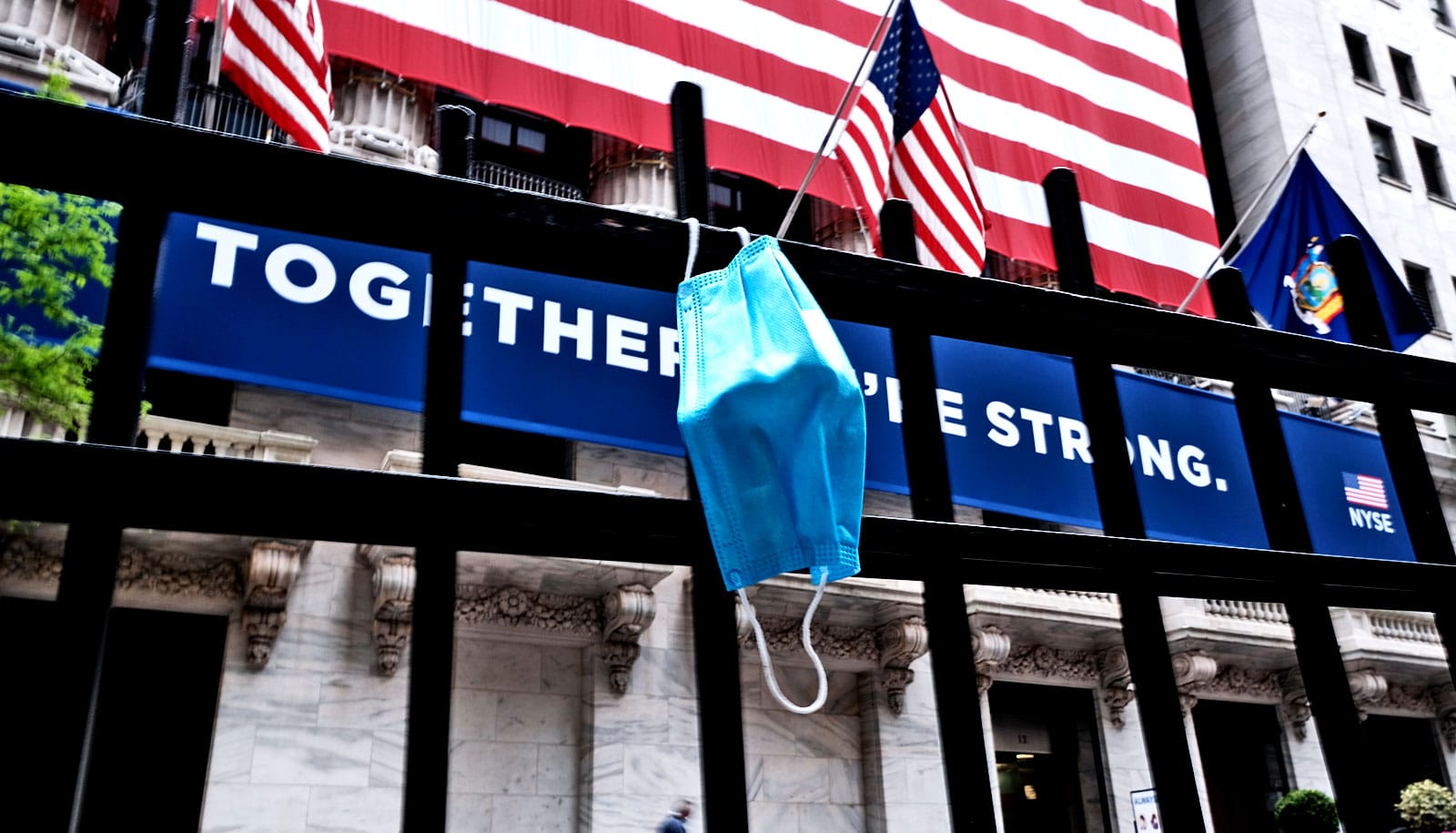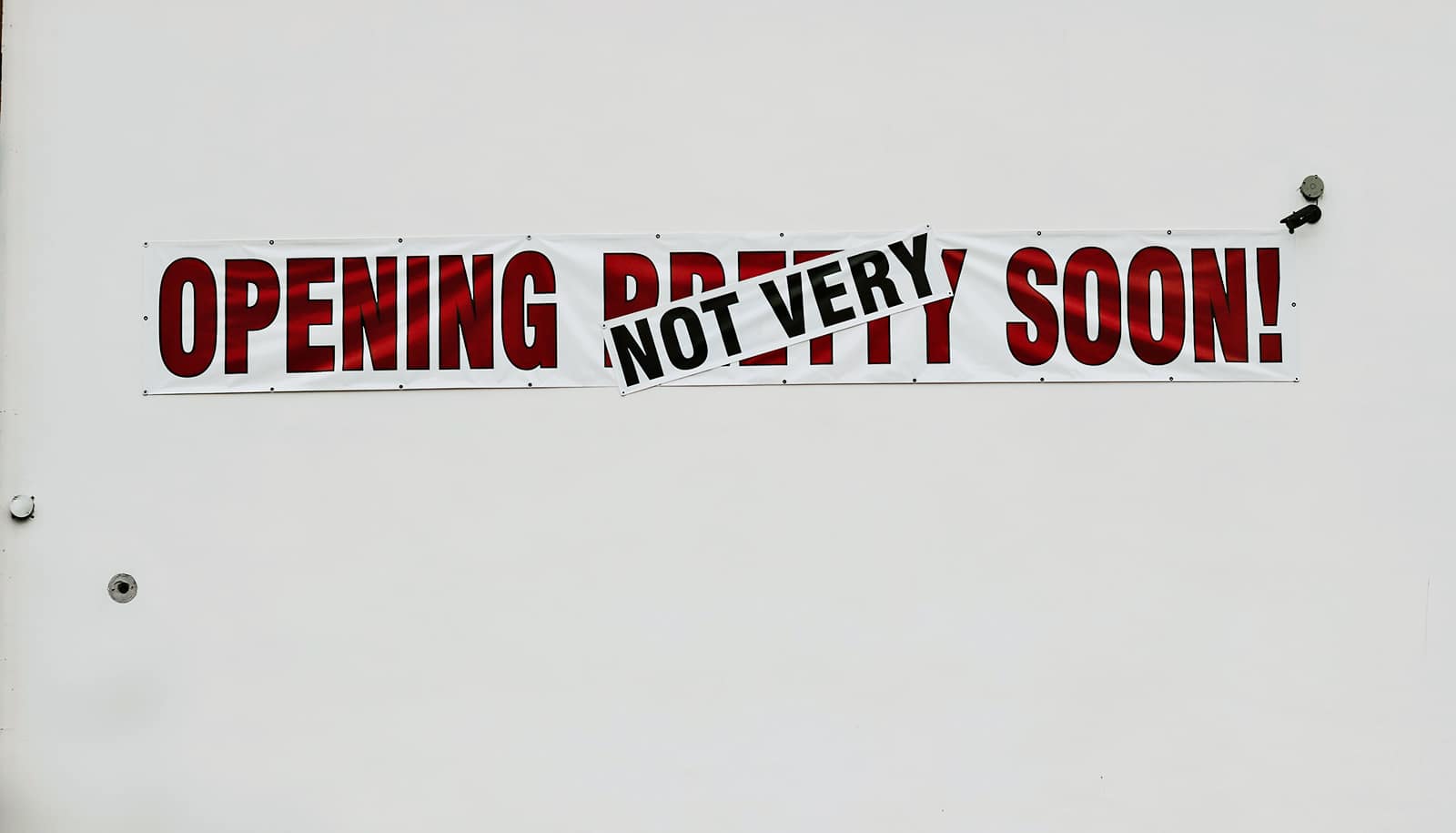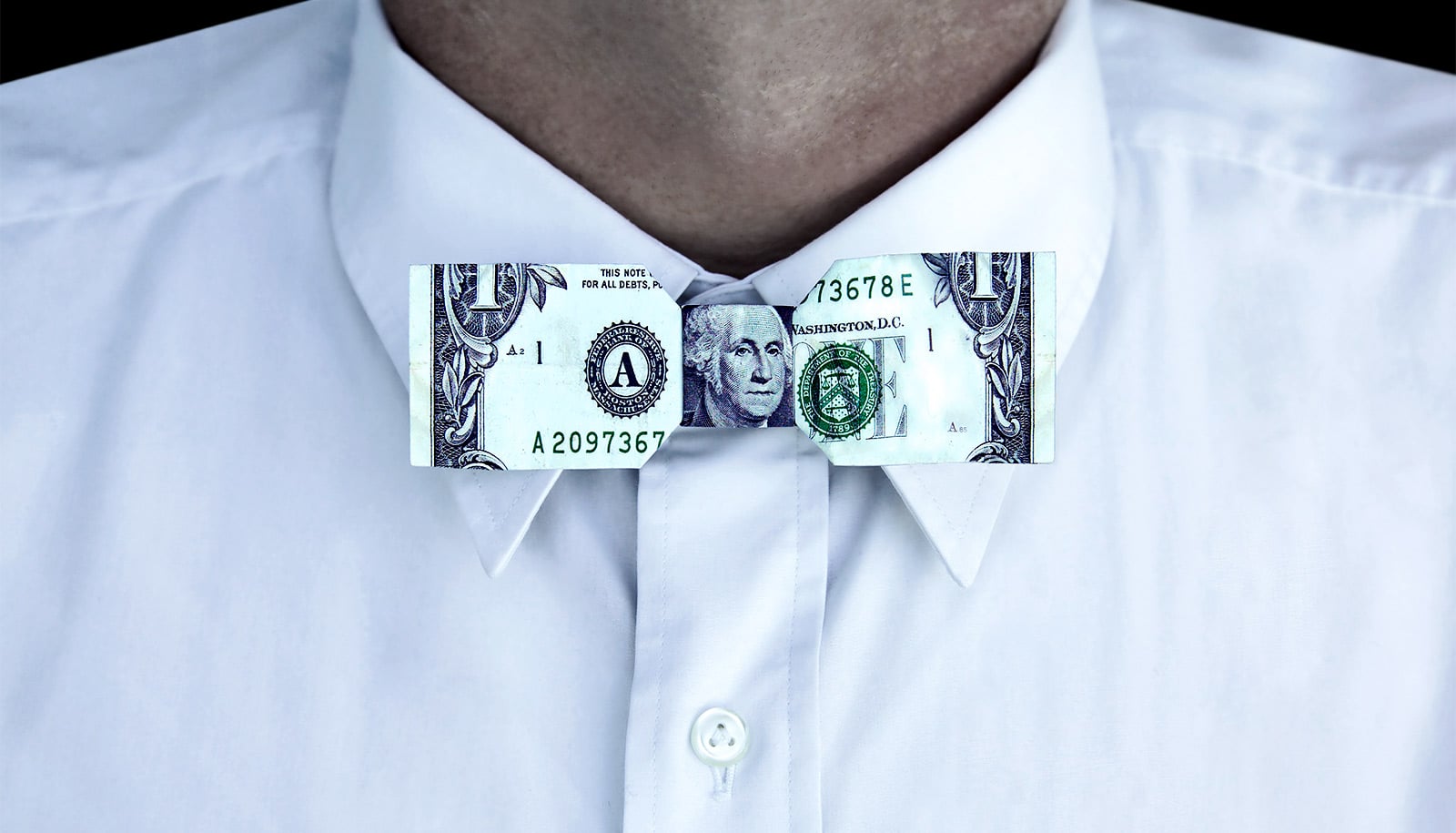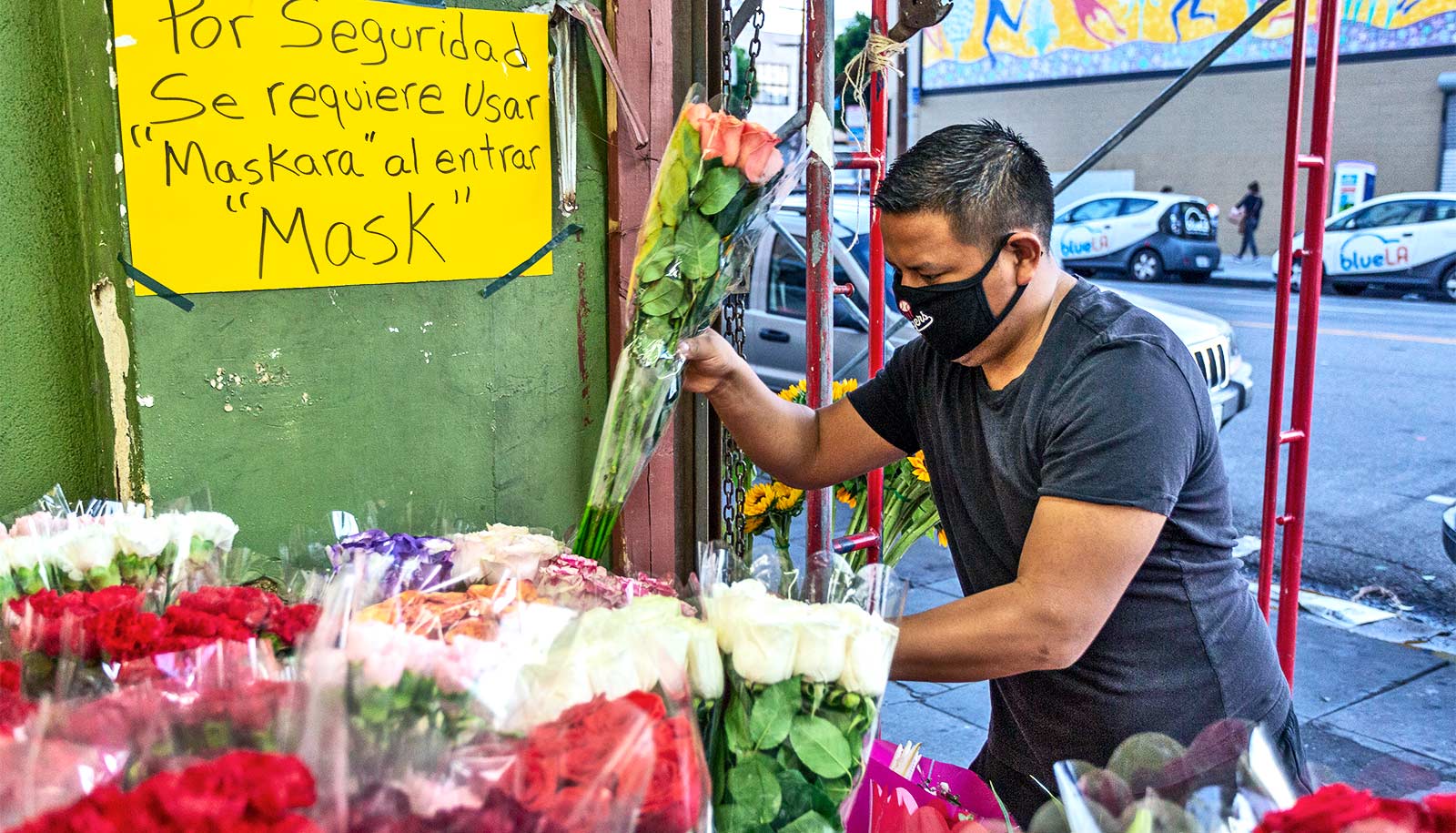Stock market trends during the COVID-19 pandemic may not have been as illogical as they appeared, according to new preliminary research.
As the COVID-19 outbreak spread in March, stock market prices plunged. Then, in a move that seemed irrational to some observers, markets bounced back. Why would stock prices increase even when the number of COVID-19 cases in the country was continuing to rise?
Investors seemed to be responding not to the total number of cases, but rather to whether the latest data on infections suggested that the future outbreak trajectory was worse or better than previously expected, the new research finds. If the former, then stock prices tended to decrease; if the latter, they tended to increase.
“Markets decline when there’s unexpectedly bad news and rise when there’s unexpectedly good news,” says coauthor Peter Schott, professor of international economics at Yale University.
The researchers also studied the stock prices of individual firms and unemployment claims across the country. Surprisingly, states with more workers in industries with steeper market declines tended to have fewer job losses per capita—perhaps because capital-intensive companies are considered more vulnerable to the downturn but also less likely to lay off many workers.
Schott notes that the work is “still very much research in progress.” But he hopes that these analyses can help policymakers forecast which geographic areas will be the hardest-hit economically and determine the types of aid needed.
“Markets are forward-looking,” he says. “So if we can leverage the wisdom in markets, maybe we can have a prediction about what’s going to happen.”
The team began their study by looking for a general relationship between infection patterns and stock prices. How exactly had the market gauged the severity of the crisis?
The researchers reasoned that investors might have relied on a simple computational model to project future numbers of cases. For example, they might have used a model that assumed infections would grow exponentially, which often happens during the initial phase of an outbreak. Or they could have used a logistic model, an S-shaped curve in which exponential growth eventually levels off. New data on case counts were being released every day, so investors could have plugged those numbers into software running one of these models to roughly predict the pandemic’s trajectory.
Schott emphasizes that he and his coauthors are not epidemiologists, and they were not trying to develop an accurate model of infections.
“I’m not trying to predict the outbreak,” he says. “I’m only trying to understand how the market is inferring what might be going on.”
To further test their idea, the researchers examined data on the SARS outbreak in Hong Kong in 2003. They used daily infection data to simulate what a logistic model would predict for future case counts and revised those expectations each day.
A doubling of predicted total infections based on new data was linked to an average drop of 8-11% in Hong Kong stock market prices, they found. Conversely, “once you’re kind of certain you can see the light at the end of the tunnel because the curve has bent, that’s when the market recovers,” Schott says. “It stops free-falling.”
The researchers then analyzed the COVID-19 outbreak in the United States from January 22 to April 10, 2020. Using an exponential model, they found a similar pattern: Their estimates suggested that a doubling of predicted cases led to declines in closing and opening prices of about 9% and 5%, respectively. But when predicted COVID-19 infections dropped by roughly 20% on March 24, the stock market rose by about 9%. In that case, new data suggested that “the prior curve you had estimated was overly pessimistic,” Schott says.
Next, the team zoomed in on individual firms’ stock prices. The researchers reasoned that they could use the wisdom of the crowd to assess each firm’s vulnerability to the COVID-19 crisis—specifically, what investors thought would happen to the company’s profits. Most companies would lose revenue, but firms might be differently affected depending on factors such as location, industry, whether employees could telework, and ability to cut costs.
Since the stock market is forward-looking, changes in valuation might help the researchers assess each company’s prospects, and thus which parts of the country might suffer from the highest unemployment.
So the researchers examined the stock price movements of 4,070 firms and US Department of Labor data on unemployment claims in each state. They expected that states containing more workers in industries with steeper stock market declines would have more job losses per capita.
“But that’s not the relationship,” Schott says. Instead, they found that in those states, “the jobless claims are, relatively speaking, not as bad,” he says.
Why would that be the case? The pattern may be related to the firm’s capital intensity—that is, the amount of factories, property, and equipment relative to labor. During a crisis, these firms can’t easily cut costs by getting rid of physical assets. Therefore, investors might have predicted that the firm’s profits would drop more.
Indeed, the researchers found that when an exponential model predicted an unexpected increase in COVID-19 cases, capital-intensive companies were more likely to see greater declines in market value.
In contrast, a labor-intensive firm, such as a restaurant chain, can try to survive by laying off more employees. From the stock market’s perspective, that means the company will weather the crisis better because it can temporarily cut costs. But such measures also drive up unemployment in that region.
These analyses could help policymakers figure out the types of aid each region needs to recover—for instance, assistance finding new jobs in the occupations that are most likely to return.
“There’s a lot of information in market prices that can be exploited by researchers and policymakers,” Schott says.
Source: Yale University



